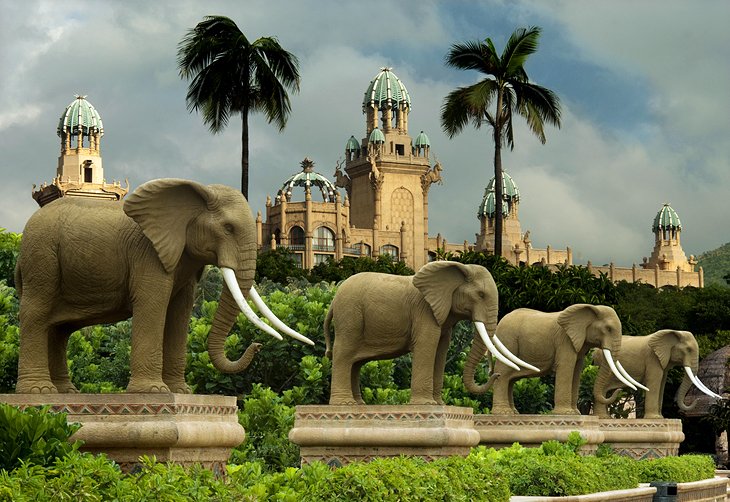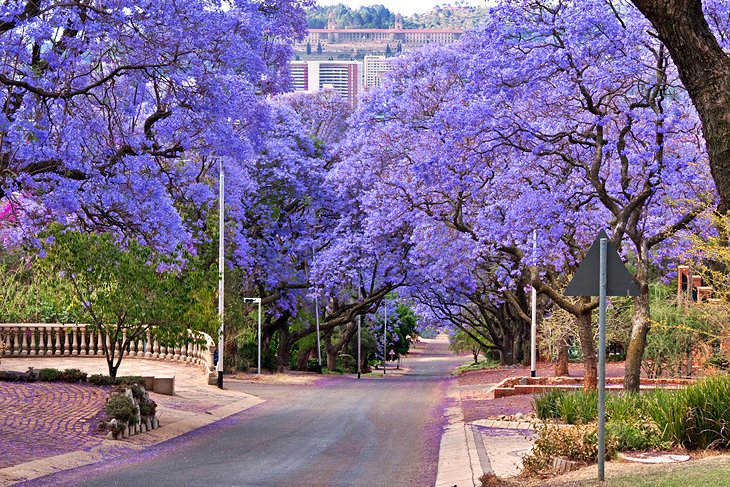Johannesburg North Attractions - The Facts
Johannesburg North Attractions - The Facts
Blog Article
About Johannesburg North Attractions
Table of ContentsUnknown Facts About Johannesburg North AttractionsJohannesburg North Attractions Can Be Fun For AnyoneMore About Johannesburg North AttractionsHow Johannesburg North Attractions can Save You Time, Stress, and Money.The smart Trick of Johannesburg North Attractions That Nobody is Talking AboutJohannesburg North Attractions Fundamentals Explained
The city expanded on the edge of the Witwatersrand Main Coral reef, a below ground stratum of gold-bearing quartz-silica corporation that arcs for hundreds of miles underneath the Highveld - Johannesburg North attractions. Most of the gold mines in the city stopped procedure in the 1970s, yet in its day the Witwatersrand gold sector accounted for even more than 40 percent of the world's annual gold manufacturing.Johannesburg has a warm environment. The city enjoys about eight hours of sunshine per day in both winter season and summer.
What rainfall the city obtains falls practically exclusively in the summertime months, commonly in magnificent late-afternoon electrical tornados., where numerous locals still rely on coal for gas.

Get This Report about Johannesburg North Attractions
The balance of the city is occupied by whites. Holiday accommodation varies in character and high quality. Soweto is notorious for its endless rows of municipally built, two-room matchbox homes, yet it additionally has a couple of flourishing enclaves as well as teeming squatter camps, where tens of thousands live without water, electrical energy, or cleanliness centers.
Physical development, although rather limited by transportation, continued swiftly as immigration to South Africa, and Johannesburg particularly, increased dramatically. This issue was fixed in the 1930s when the auto was presented in automation to South Africa. Cars were, generally, restricted to the wealthy, and allowed them to relocate to the north of the city and commute right into the centre.
Many bad suburban areas were combined, with bad blacks and whites cohabiting, although the affluent residential areas were normally booked for whites. This changed with the political election of the National Party in the 1948 political elections, that started to formalise the system known as discrimination. Discrimination officially assigned which suburban areas each race can live in under the Team Locations Act.
The previous system of eleven phoned number areas was reorganised in 2006. Marshalltown, as seen from the top of the Carlton Centre. The M1 and M2 run behind the buildings, and the southern residential areas expand past the freeway boundary. The central city of Johannesburg is located within the city's Region F. The number of people living in the inner city on a casual basis is unidentified, as numerous are illegal immigrants. The joblessness, education and learning, and age profiles of the location are all unidentified, due to the trouble of acquiring trusted details regarding the area.
The 8-Second Trick For Johannesburg North Attractions
Centred on the CBD, the area consists of the suburban areas of Yeoville, Bellevue, Troyeville, Jeppestown, and Berea to the east. To the west it spreads out to Pageview (Johannesburg North attractions) and Fordsburg. There are small commercial locations to the south, such as City West-Denver and Benrose. Around 800,000 commuters travel through Website the inner city on a daily basis, and it functions as a local shopping node for visitors from the southerly suburbs. Yeoville and Bellevue have a mix of home buildings and single household units on little whole lots. The region lies on a hilly divide that ranges from east to west. One of the most obvious geographical feature is Observatory Ridge, which is named for visit this website the large observatory located on it. The leisure areas are no much longer made use of, due to security problems.

Getting The Johannesburg North Attractions To Work
R. Tambo International Airport Terminal). The eastern suburbs are a few of the earliest areas of Johannesburg, there are big areas of Jewish and other European backgrounds, most of the populace is English speaking. There are three fairway as well as a number of safeguarded ridges with viewsites. There are several well-developed and up-market amusement and shopping areas in the east such as the Eastgate Mall and the Greenstone mall.
Initially constructed to house male migrant employees, numerous have been improved as dwellings for pairs and family members. The suburban area was not historically allowed to create work centres look at these guys within the location, so practically all of its residents are travelers to other components of the city.
Some Known Details About Johannesburg North Attractions
The domestic areas in the northern suburban areas are mostly formal, with no considerable areas of casual real estate, or real estate that does not have a permanent structure. This is a recognized location, there is a pattern of land usage adjustment from household to commercial, especially along primary arterial roadways and around well established nodes.
Roads to the eastern and west are much less well established, as there are no highways travelling in that direction. Towards the north boundary of the city, the thickness of advancement decreases, leaving large locations of untaught land around Midrand.
Little Known Facts About Johannesburg North Attractions.
, which is situated on a hill forgeting the inner city and Hillbrow.
Report this page